For those who want a nutritious, fresh meal without having to spend a lot of time chopping, salad mix is the best option. Whether made from scratch or from a store-bought bag, a carefully selected mixture can quickly turn a simple side dish into a vibrant, nutrient-dense centerpiece. But not every mix is made equally. Some blends, particularly those that contain a lot of iceberg, lack the depth and nutrition necessary to keep you feeling full even though they are high in fiber, vitamins, and antioxidants. The first step to creating a salad that is more satisfying, tasty, and aesthetically pleasing is to know how much of each type of green—from crisp romaine to peppery arugula—to use.
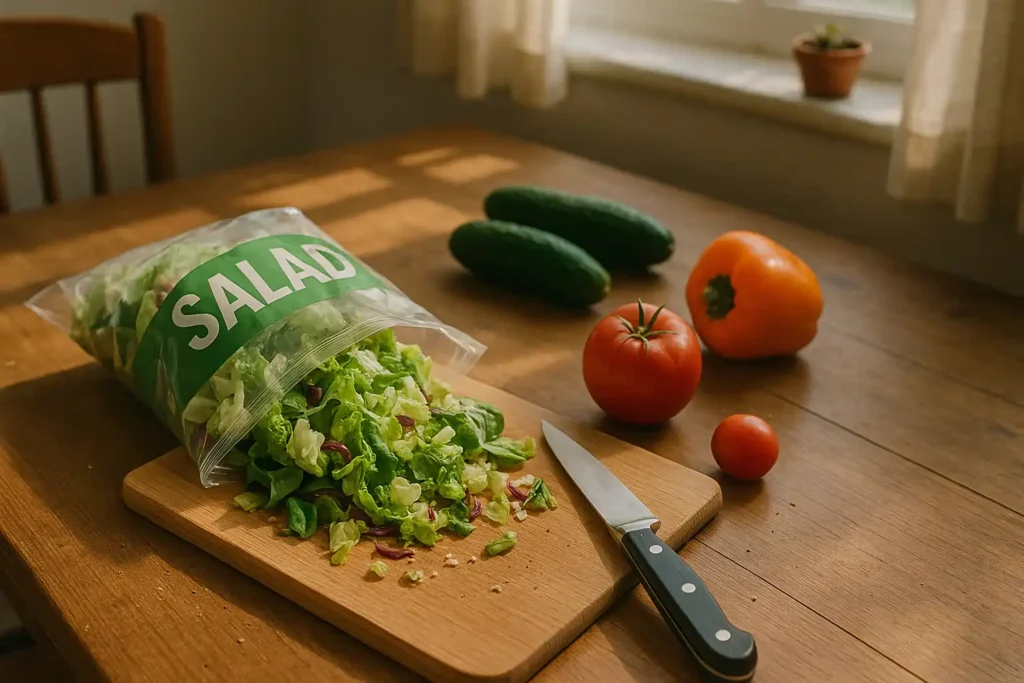
Table of Contents
Table of Contents
What Is a Salad Mix and What Goes Into It?
What Is Salad Mix Made Of?
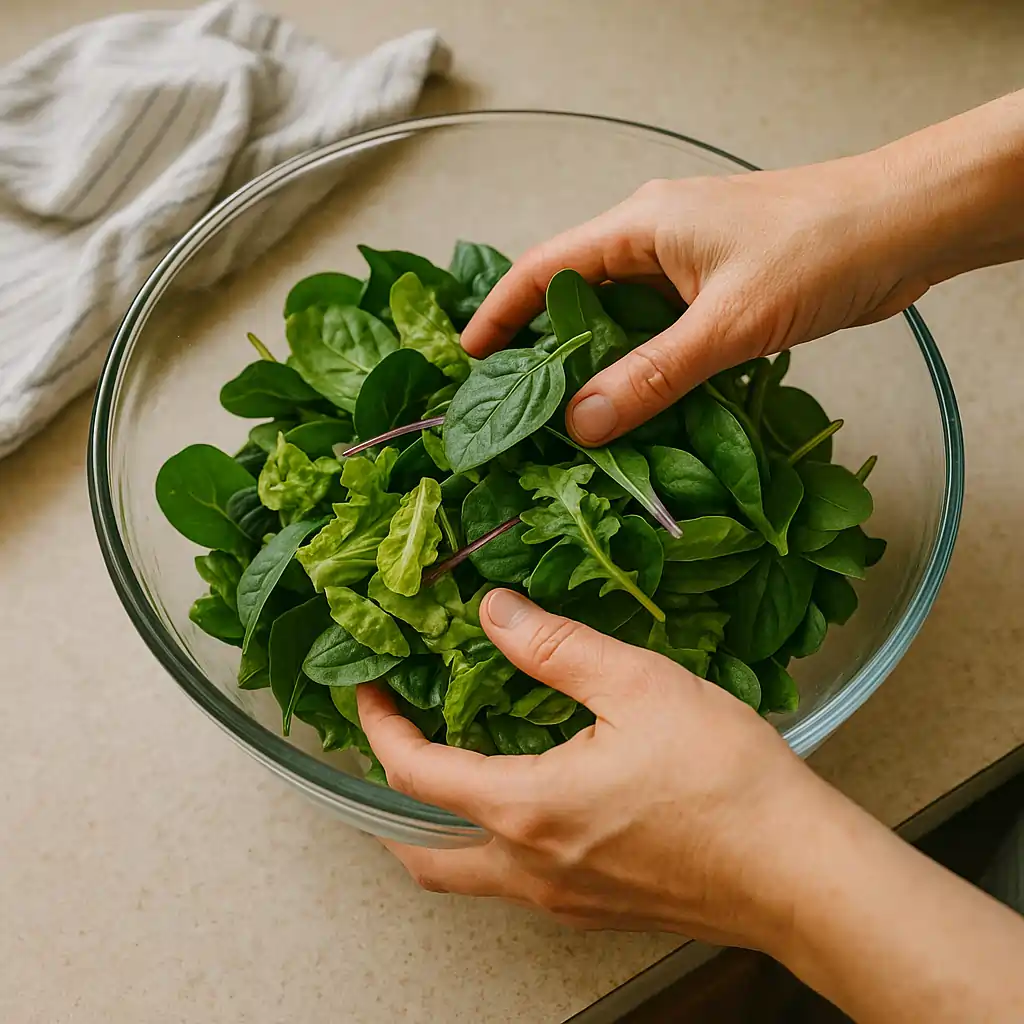
A salad mix is essentially a carefully selected assortment of leafy greens, often already cleaned and ready to eat. These pairings can be as simple as romaine and iceberg or as sophisticated as kale, baby spinach, arugula, radicchio, and chard. Combining flavors (mild, peppery, slightly bitter) and textures (crisp, soft, leafy) is the goal in order to balance each bite.
You can quickly create your own do-it-yourself version of store-bought mixes by combining two or three greens that contrast in color and flavor. A great general rule? Mix something sturdy, like romaine, with a delicate leaf, like baby spinach or arugula.
My Top Salad Mix Picks
I frequently experiment with salad mixes in everyday recipes for make-ahead meals and quick lunches. I think the three choices listed below are dependable in terms of texture, freshness, and adaptability. If you are unsure which salad mix to purchase online, they are a great place to start.

Taylor Farms Classic Garden Salad
A crisp mix of iceberg, red cabbage, and carrots. Ideal for quick salads, meal prepping, or adding your favorite toppings and proteins.
View on Amazon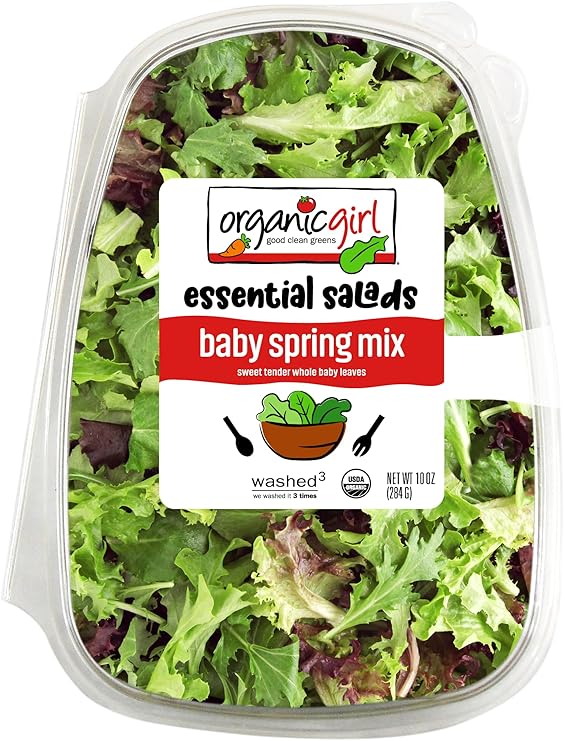
Taylor Farms Classic Garden Salad
A crisp mix of iceberg, red cabbage, and carrots. Ideal for quick salads, meal prepping, or adding your favorite toppings and proteins.
View on Amazon
Taylor Farms Classic Garden Salad
A crisp mix of iceberg, red cabbage, and carrots. Ideal for quick salads, meal prepping, or adding your favorite toppings and proteins.
View on AmazonWhat Is the Purple Thing in Salad Mix?
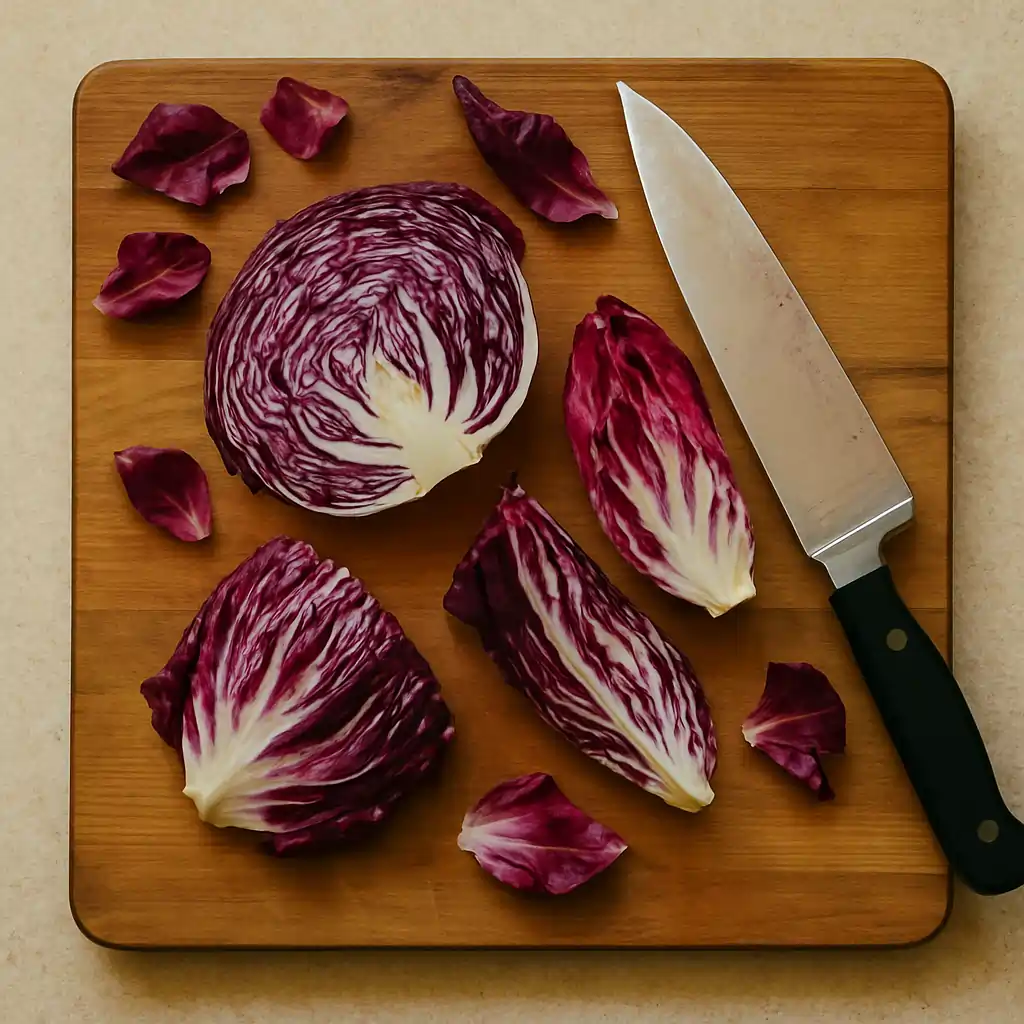
If you’ve ever opened a bag of mixed greens and seen a pop of purple, you’re probably looking at radicchio or red cabbage. These not only add vibrant color, but they also gently bitteren sweeter greens like butter lettuce. They contain a lot of heart-healthy antioxidants, particularly anthocyanins. Both red cabbage and radicchio are excellent texture enhancers, but red cabbage is milder and crunchier.
What Is a Good Base for Salad?
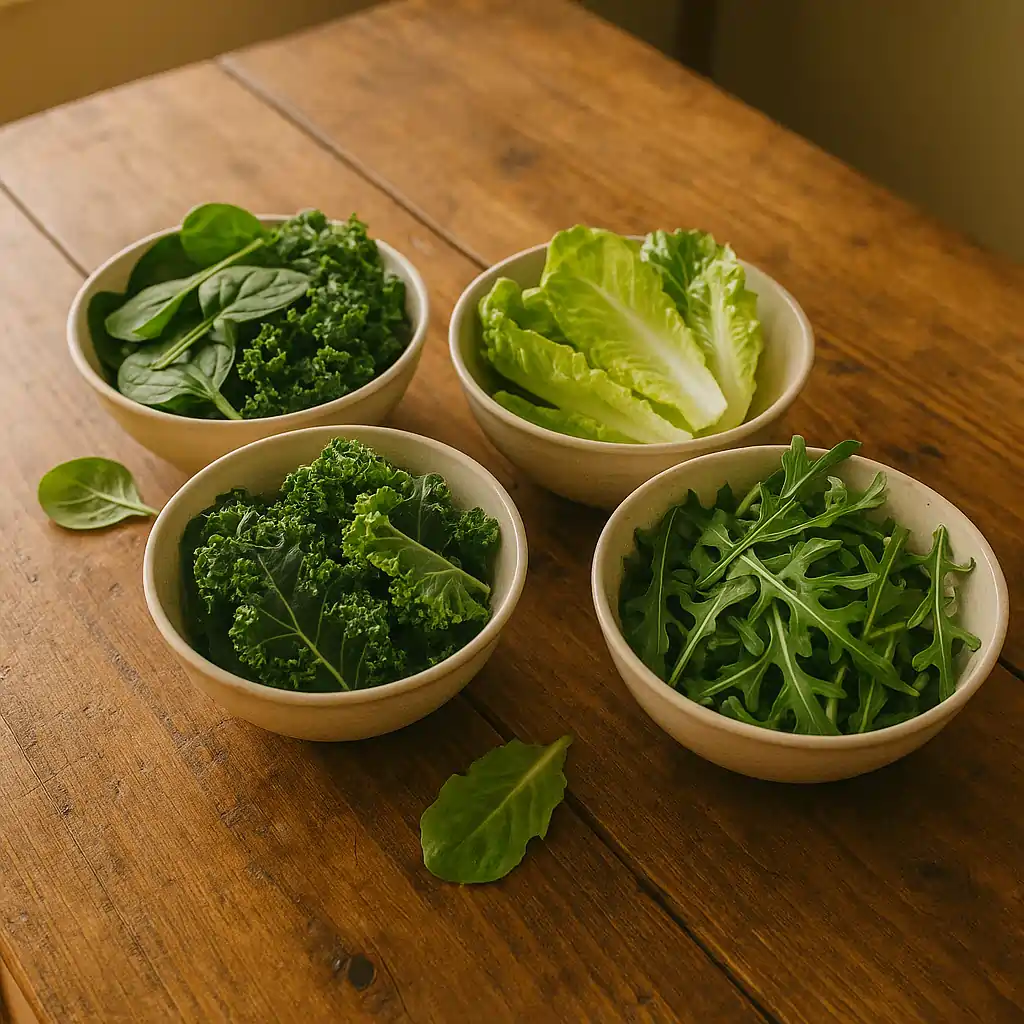
The “base” of your salad sets the tone for the entire dish. Popular bases include:
- Spinach – tender, slightly sweet, and nutrient-rich.
- Romaine – crisp and refreshing, with mild flavor.
- Arugula – peppery and bold, perfect for spicing things up.
- Kale – hearty and fibrous, great for meal prep.
For a well-balanced combination, use a firm base (kale or romaine) to contrast with a softer leaf (spinach or butter lettuce). If you want to make a salad that feels restaurant-quality, always start with a foundation that can handle toppings and dressing.
Choosing the Healthiest Salad Mix
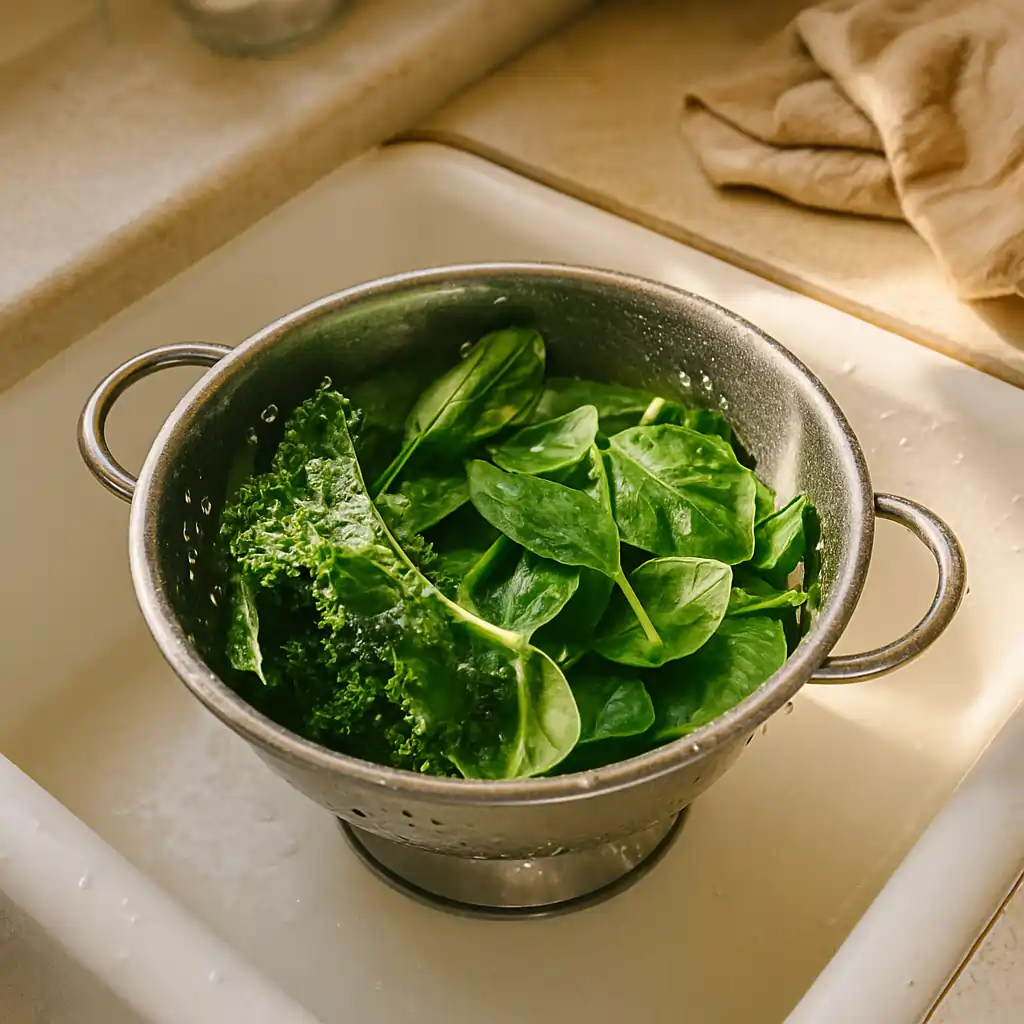
What Is the Healthiest Salad Mix?
Not all greens are created equal in terms of nutrition. As Harvard Health highlights in its Salad Greens by the Numbers, iceberg is the least nutrient-dense, while dark, leafy greens such as arugula, spinach, and kale provide the highest concentration of vitamins, minerals, and antioxidants. These greens are often paired with colorful additions like radicchio or red cabbage for both flavor and visual appeal.
According to the USDA’s MyPlate guidelines on vegetables, two cups of raw leafy greens equal one cup toward your daily vegetable intake, making them a simple way to meet recommended servings and boost your salad’s nutritional profile.
While kale contributes fiber and antioxidants, spinach is rich in iron and vitamin K. Arugula, on the other hand, contains glucosinolates—compounds that may offer anti-inflammatory benefits alongside its peppery flavor. Research from Colorado State University Extension confirms that the darker the leaf, the greater its nutrient density, so aim for depth of color in your mix.
To put it briefly, creating a nutritious salad mix entails selecting a range of dark, vibrant greens and combining them with vibrant, fresh ingredients. You can make salads that are not only tasty but also bursting with vital vitamins and minerals to support your general health by concentrating on nutrient-rich options like spinach, kale, and arugula.
What Is the Unhealthiest Salad to Eat?
Paradoxically, some salads are not at all healthful. Mixtures that contain a lot of iceberg lettuce are frequently less nutrient-dense because, in comparison to spinach or kale, iceberg is primarily water and contains few vitamins. The calorie count can increase without providing much nutritional value if your salad is laden with croutons, fried proteins, or creamy dressings.
Balance is key: use fresh veggies, light dressings, and prioritise whole foods over processed additives.
What Is in Iceberg Salad Mix?
Chopped iceberg lettuce, shredded carrots, and occasionally red cabbage are the main ingredients of iceberg salad mixes. Despite having a nice crunch, iceberg is frequently regarded as a “filler” green due to its low fibre and micronutrient content.
Think about combining iceberg with darker greens like spring mix, spinach, or romaine for a healthier twist. In this manner, you maintain the crunch while enhancing your bowl’s nutritional profile.
How to Make a Salad Taste Amazing
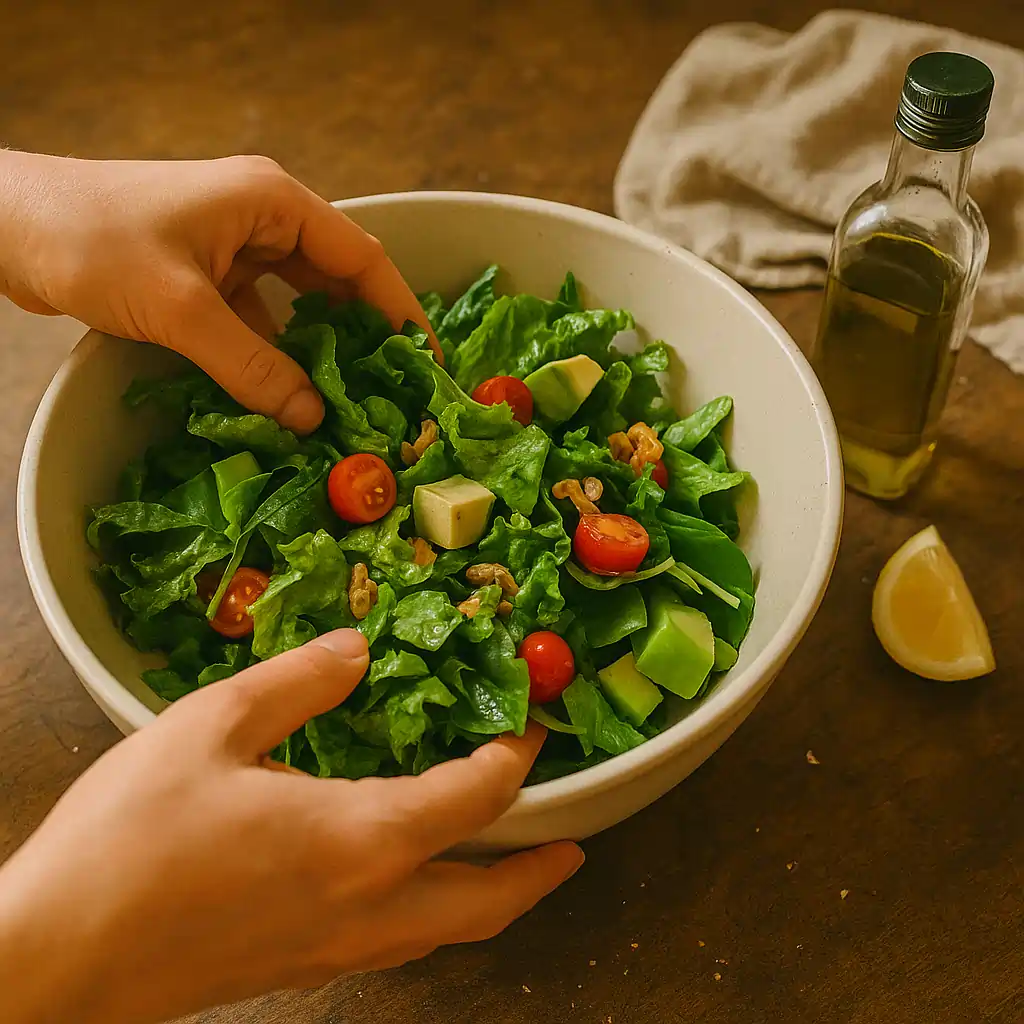
How to Make a Salad Taste Like a Restaurant Salad?
Have you ever wondered why salads at restaurants always seem crispier, fresher, and more flavorful? It’s technique, not magic. Before dressing the greens, chefs frequently season them themselves. The flavours can be immediately awakened with a dash of vinegar or lemon and a pinch of salt. Additionally, they toss the salad in a large bowl, making sure that the dressing does not completely cover each leaf.
One more secret? textures that are layered. For the ideal balance, restaurants pair crisp greens with creamy components (cheese, avocado), something crunchy (nuts, seeds), and a sweet touch (berries or dried fruit).
What Can I Add to My Salad to Make It Taste Better?
If your salad feels bland, start by building layers of flavor:
- Acidity: A squeeze of citrus or a splash of balsamic vinegar.
- Saltiness: Feta, olives, or a sprinkle of sea salt.
- Crunch: Toasted nuts, seeds, or crispy chickpeas.
- Sweetness: Diced apple, fresh berries, or dried cranberries.
- Creaminess: Avocado slices or a drizzle of tahini.
Experiment with combinations — a little sweet next to salty, crunchy next to soft — for a truly satisfying bite.
Why Do Restaurant Salads Taste Better?
The first is freshness. Greens are frequently sourced daily by restaurants and refrigerated until plating. In order to tie everything together, they also use excellent, flavorful dressings, which are frequently homemade, that have the right amount of oil, acid, and seasoning.
Furthermore, restaurants don’t hesitate to add “extras” that most home cooks would otherwise omit, such as roasted vegetables, herbs, or a dash of seasoning blends. A complex flavour profile that enhances each bite is the end result.
Filling Ingredients and Budget Tips
What to Put in a Salad Mix?
The right amount of greens is the foundation of a great salad mix, but adding vibrant veggies, proteins, and healthy fats makes it filling. In addition to the leafy base, think about including:
- Vegetables: Cucumbers, cherry tomatoes, bell peppers, or shredded carrots.
- Proteins: Grilled chicken, boiled eggs, tuna, or chickpeas.
- Healthy fats: Avocado, olives, or a sprinkle of seeds.
- Extras: Fresh herbs like cilantro, parsley, or mint to brighten flavors.
This combination not only adds nutrition but also ensures your salad is flavorful and filling. For creative ideas on combining vegetables and textures, you can explore my ribbon salad recipes.
What Filling Foods Can You Put in a Salad?
The key to making your salad feel like a complete meal is to include filling, substantial ingredients. Whole grains are great for adding texture and bulk, such as farro, brown rice, or quinoa. Lean meats, beans (black beans, lentils), or roasted tofu are excellent sources of additional protein.
Try marinating proteins or roasting vegetables with spices before including them in your salad to prevent blandness. You will feel fuller for longer if you pair these with healthy fats (such as crumbled cheese or a handful of nuts).
Is It Cheaper to Make Your Own Salad Mix?
Generally speaking, yes. Because you have to pay for the washing, chopping, and packaging, pre-packaged salad mixes are more expensive. You can easily make a week’s worth of salad mix for a fraction of the cost by purchasing whole heads of lettuce, bunches of spinach, and bulk vegetables.
Batch-prepping is a smart strategy: wash and dry your greens, store them in airtight containers with paper towels to absorb moisture, and then, when you’re ready to eat, mix in the toppings. You have total control over quality and freshness in addition to saving money.
FAQs on Salad Mix
What Are Common Salad Ingredients?
A combination of leafy greens like romaine, spinach, arugula, and baby kale are frequently found in salad mixes. For extra crunch and colour, shredded carrots, red cabbage, or radicchio are also frequently added to store-bought mixes. To make a fresher, more customised version for do-it-yourself mixes, you can add seasonal veggies like bell peppers, cucumbers, or cherry tomatoes to this base.
Why Is Texas Roadhouse Salad So Good?
The ideal harmony of flavours and textures makes Texas Roadhouse salads a favourite. Hard-boiled eggs, crunchy croutons, shredded cheddar cheese, crisp romaine lettuce, and fresh tomato slices are frequently included. The ingredients are brought together by the creamy, well-seasoned flavour of their house-made dressings, particularly the ranch. It stands out because of the perfect balance of fresh, high-quality ingredients and dressing.
What Is the Purple Thing in Salad Mix?
In most mixes, the purple leaves are either red cabbage or radicchio. Red cabbage contributes a mild, crunchy texture, and radicchio offers a slightly bitter bite that goes well with milder greens. Both offer colour diversity and antioxidants, which enhance the nutritional value and aesthetic appeal of salads.
Conclusion
Finding the ideal balance between flavour, texture, and nutrition is more important than simply mixing random greens to create the ideal salad mix. Every ingredient serves a purpose, from selecting nutrient-dense bases like spinach or kale to incorporating colourful elements like red cabbage or radicchio. A simple bowl can be elevated to a filling, restaurant-caliber meal with a skilfully prepared mix.
For more tips and inspiration, check out my Ultimate Guide to Salad Recipes.
We’ve addressed frequently asked questions about the healthiest greens, how to improve the flavour of salads, and even whether or not making your own mix can save money (spoiler alert: it usually does). Your salad can be satisfying and nutritious if it contains the proper proportions of fresh vegetables, proteins, and healthy fats.
